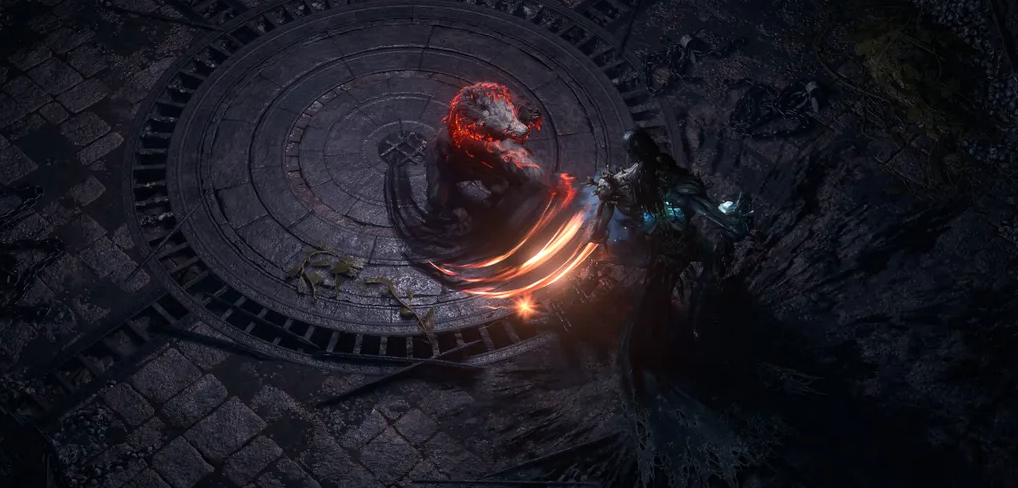The world of video games is often a treasure trove of exhilarating adventures and virtual triumphs. One aspect that adds an extra layer of excitement for players is the concept of loot—those coveted in-game rewards that can make or break a gaming experience. But how do game developers strike the delicate balance between making loot feel satisfying without overwhelming players? To unravel this mystery, we turn to the creators of Path of Exile, a renowned action RPG that has garnered acclaim for its innovative approach to loot design.
The Dilemma of Loot in Modern Gaming
Before we delve into the insights from Jonathan Rogers, co-founder of Grinding Gear Games—the studio behind Path of Exile—it's essential to acknowledge the complex nature of loot in contemporary video games. The popularity of looting mechanics, where players acquire items as rewards, has become a double-edged sword. While loot injects freshness into the gaming experience, it also raises concerns about potential links to gambling mechanics, microtransactions, and even NFTs (Non-Fungible Tokens).
Our journey into the intricacies of loot design takes us to action RPGs like Diablo 4 and Path of Exile 2. These games, characterized by their intense focus on loot acquisition, navigate a conceptual tug-of-war. Balancing the pursuit of better equipment with maintaining the meaningfulness of each item challenges game developers to create an experience that feels both desirable and disposable.
A Conversation with Jonathan Rogers
In a discussion with Jonathan Rogers, we gained valuable insights into the philosophy behind loot design in Path of Exile. Rogers emphasizes the importance of certain key elements:

1. Player-to-Player Trade
Maintaining the ability for player-to-player trade is crucial for the perceived value of loot. Rogers argues that items feel more valuable when players believe they could have value for someone else.
2. Future-Proof Loot
Avoiding a situation where existing items become obsolete with the release of new content is critical. Rogers mentions the challenge faced by MMOs like World of Warcraft, where new expansions might render previous items irrelevant. In Path of Exile, a good item remains valuable over time.
3. Understandable and Impactful Modifiers
Ensuring that basic modifiers on items are not overly complicated helps players understand their effects. Additionally, the values of modifiers must be significant enough to have a noticeable impact on gameplay, promoting satisfaction.
4. Avoiding Mod Dilution
Preventing an excessive number of modifiers on characters is vital to ensure that each item's effect remains perceptible. Too many modifiers can dilute the impact of individual items.
Tools for Loot Design
Behind the scenes, game developers employ various tools to fine-tune loot design. Rogers mentions models created in Excel, loot drop simulators, and empirical testing. These tools help developers track and visualize considerations around the value of loot during the development process.
The Path of Exile Model
Path of Exile has pioneered a seasonal model, with periodic resets every three months. Rogers contends that the full reset each season is crucial for long-term retention. While some players might find this initially challenging, the approach ensures that new and returning players start on an even playing field.
Global Perspectives on Loot
When it comes to regional player expectations, Rogers notes that they primarily analyze the player base as a whole, without significant segmentation by region. While subtle differences may exist, the team focuses on creating a universal gaming experience.
Conclusion
Navigating the world of loot design is a delicate dance between player satisfaction and maintaining the meaningfulness of in-game items. Path of Exile's approach, as shared by Jonathan Rogers, sheds light on the meticulous considerations and tools employed by developers to craft a gaming experience where the pursuit of loot remains an exhilarating journey. As the gaming industry continues to evolve, the art of loot design will undoubtedly play a pivotal role in shaping the future of immersive virtual worlds.
